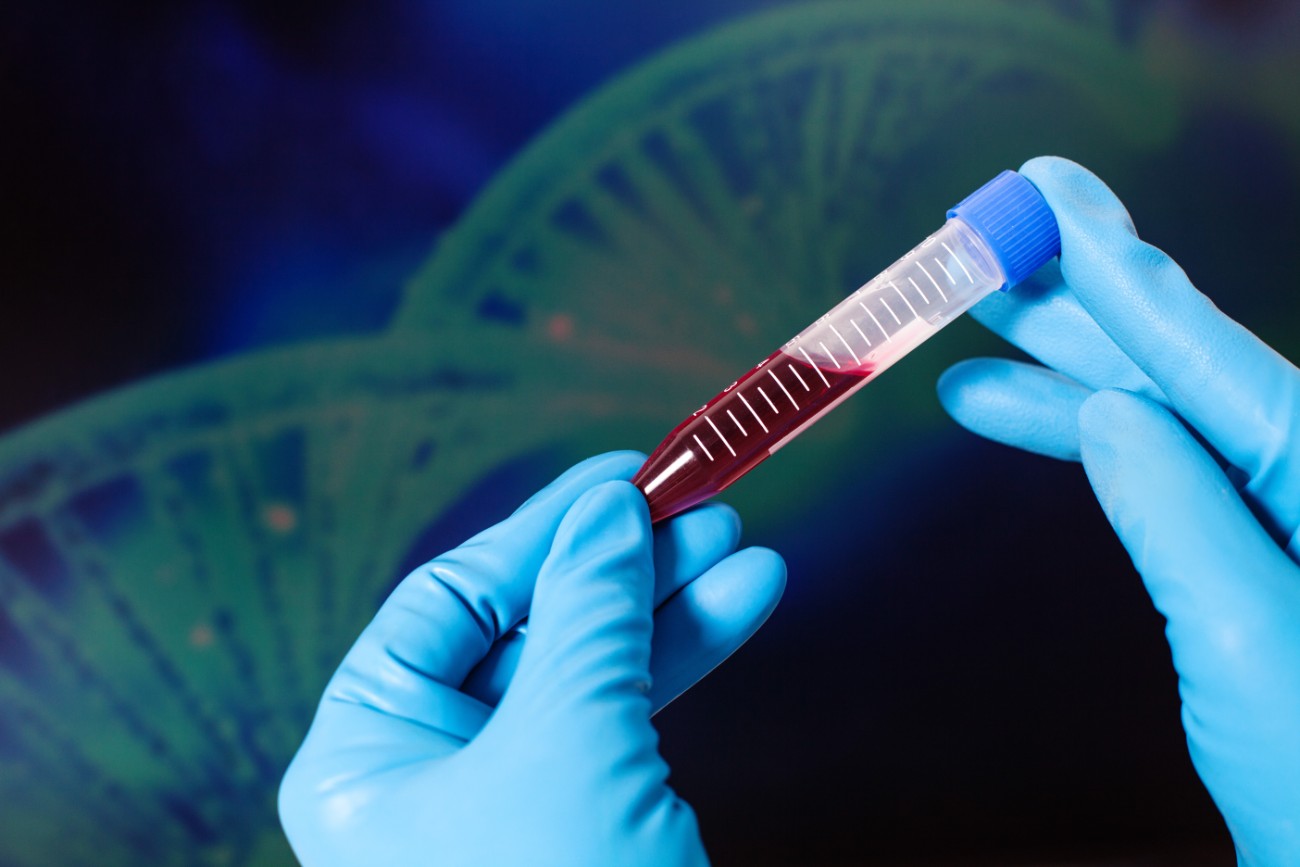There are many different blood disorders that impact the blood’s ability to function properly, and one of them is called hemophilia. This is a genetic disorder that prevents the blood from clotting normally. Though it is rare and there isn’t an exact number of Americans who have it, it’s estimated that 400,000 people1 around the world are living with hemophilia. This disease can’t be prevented and there is no cure, making it a lifelong condition people must learn how to manage.
It’s especially important for parents to recognize the symptoms of hemophilia since it’s normally diagnosed to babies as young as 36 months. It’s also possible for someone to develop life-threatening complications if their condition is not managed properly.
 Maria Burmistrova / Shutterstock
Maria Burmistrova / ShutterstockHere are the facts you should know about hemophilia.
Hemophilia Is A Rare Blood Disorder
Hemophilia is a rare disorder2 that prevents the blood from clotting normally, usually because it lacks certain blood-clotting proteins. People with hemophilia might bleed longer after an injury than is typical, but that is on the less severe end of the spectrum.
A severe deficiency of the blood clotting proteins could make hemophilia life threatening. It may lead to internal bleeding that can start in the knees, ankles or elbows and damage your organs and tissues. Simply getting a bump in the head could turn into a brain bleed for those with a severe diagnosis.
There are different types of hemophilia. Two of the most common are:
- Hemophilia A (Classic Hemophilia)
- Hemophilia B (Christmas Disease)
Both are caused by deficiency factors. Hemophilia A occurs in about one in 5,0003 male births. Hemophilia B affects one in 25,000 males, making it less common. Due to the genetic mutation involving genes and chromosomes, this disease is more commonly diagnosed in males.
This is because men are more likely to inherit a mutant gene from their parents and can only inherit one X chromosome from their parents rather than two copies that females inherit. Though this is a genetic disorder, it’s possible for someone to be diagnosed with hemophilia without a family history. In fact, one third4 of babies diagnosed with hemophilia have no other family members with the disorder.
Doctors will classify a patient’s clotting factors as mild, moderate or severe. Healthy people have a clotting factor of 50 to 100 percent, whereas those with mild hemophilia have a clotting factor between five and 50 percent. Moderate hemophilia clotting factor is between one and five percent, and the most severe hemophilia patients are at less than one percent.5
It Causes Internal And External Bleeding
The symptoms of hemophilia can be more or less severe depending on a person’s condition. There are also slight differences between symptoms based on the type of hemophilia a person is diagnosed with.
You might be able to recognize signs of hemophilia based on visible symptoms.6 This includes:
- Blood in the urine or stool
- Deep, large or unexplained bruises
- Excessive bleeding
- Frequent nosebleeds
- Bleeding gums
- Irritability (in children)
- Vomiting
However, some symptoms7 might be more internal and less obvious. A person with hemophilia could also experience:
- Bleeding into the joints (knees, elbows, ankles) which can lead to swelling and pain
- Hematomas
- Bleeding into the skin, muscle or soft tissue
- Brain bleeding
- Bleeding in the mouth or gums
- Severe headaches or sleepiness
- Blurred or double vision
Some of these symptoms are potentially life-threatening, and you should seek immediate medical help if you experience them. There are treatments available that can help people manage their symptoms and live normally.
Fetuses, Children And Adults Can Be Diagnosed With Hemophilia
There are a number of ways doctors can diagnose hemophilia. They might start by exploring a patient’s family history to see if anyone has been previously diagnosed. From there, a number of screening tests8 can reveal whether a person has clotting-factor deficiency. This includes a complete blood count, activated partial thromboplastin time test, prothrombin time test, and a fibrinogen test.
More severe conditions will typically be diagnosed within the first year of life. It’s also possible for pregnant women to get their unborn baby tested for hemophilia. Doctors can perform a chorionic villus sampling at nine to 11 weeks, or through a fetal blood sampling when the fetus is at least 18 weeks old.9
People Can Live With Hemophilia
There is nothing you can do to prevent hemophilia, but you can live a normal life if diagnosed with it. The severity of your condition will ultimately determine the type of treatment you’re given and when it’s necessary to seek immediate medical help.
Three types10 of treatments include:
- Receiving clotting factors replacement therapy
- Medication
- Treatment for bleeding and other problems associated with hemophilia
It’s important to see your doctor if you or your children are regularly experiencing symptoms. The sooner you’re able to get a diagnosis, the sooner you’ll be able to begin treatment and manage the condition.


